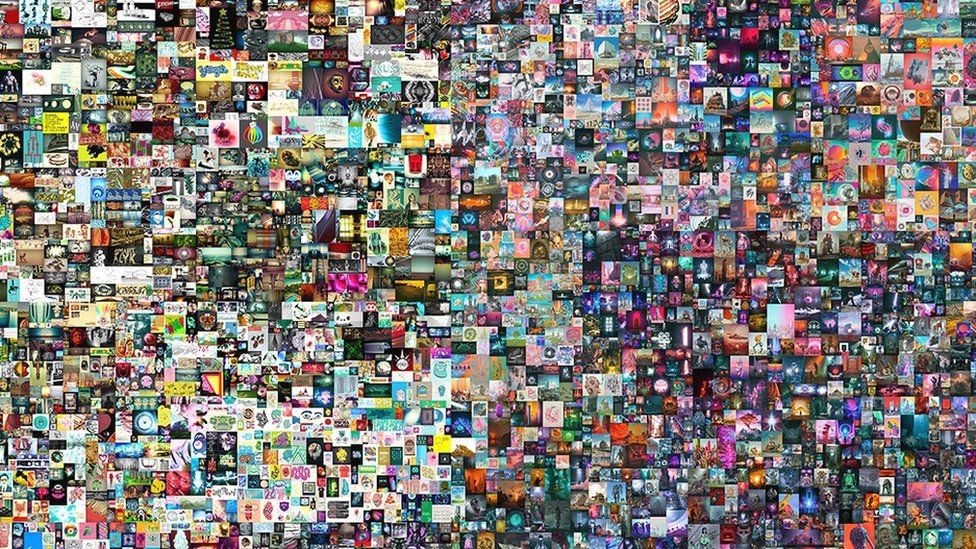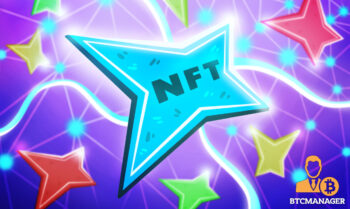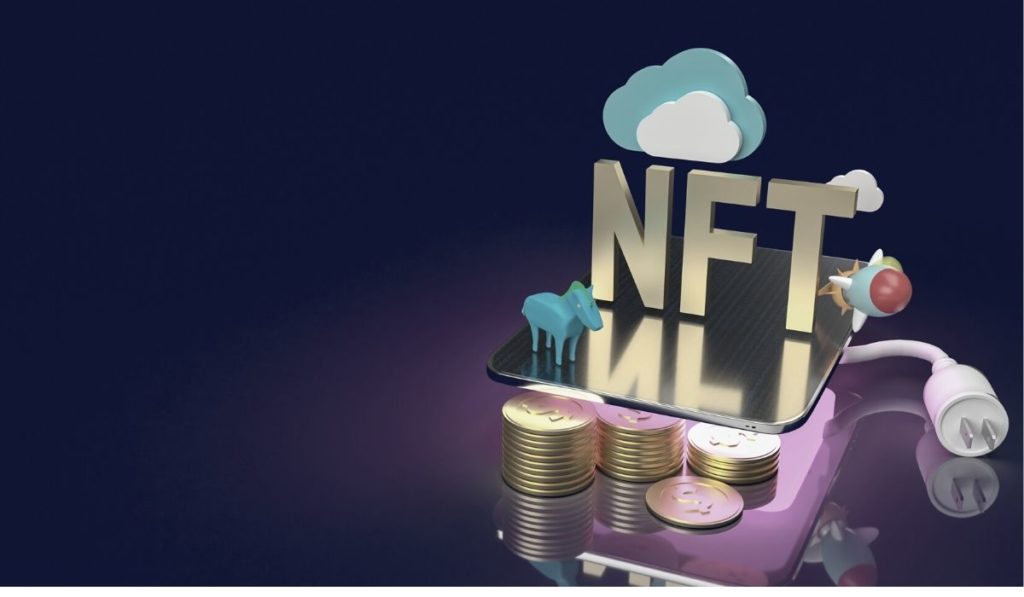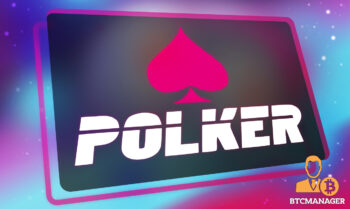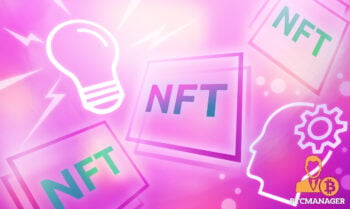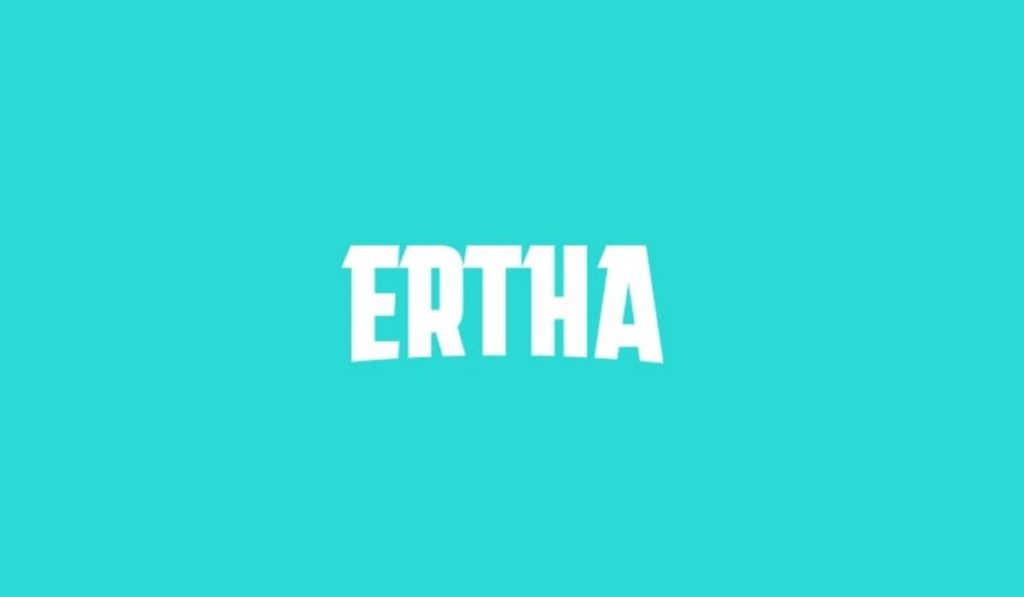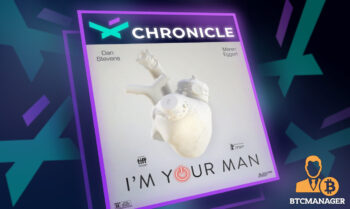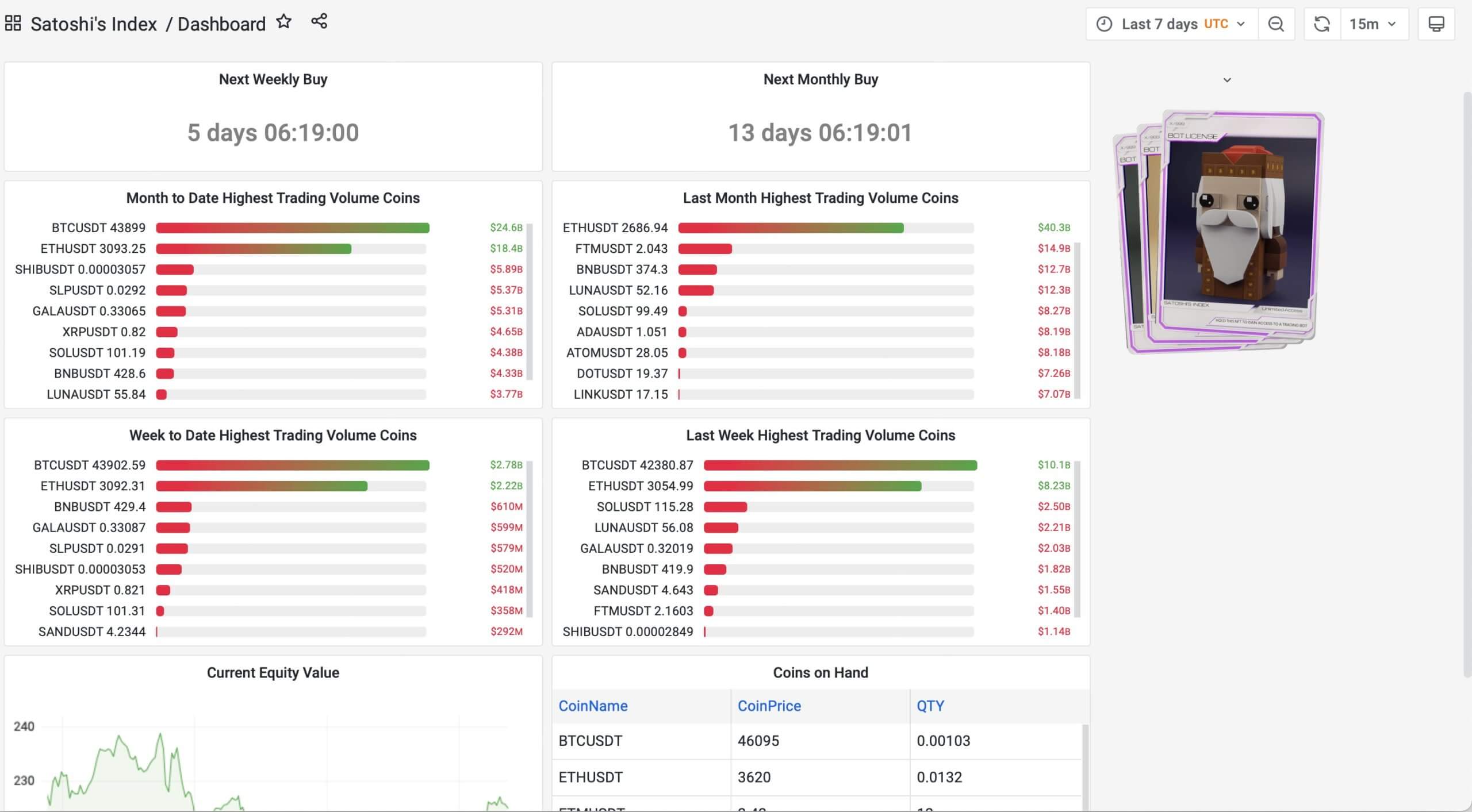
2022-2-16 23:35 |
The right-clickers have a point. The market is saturated with art projects that flood NFT exchanges every week. According to data from OpenSea, about 3 billion NFTs went on sale in December, yet only about 2.9 million wallets were buying. That means every unique wallet would need to buy 1000 NFTs to meet the total supply. The imbalance of supply and demand means that most of these art NFTs will be not only nonfungible, but worthless.
Luckily, a new breed of NFT has emerged – the utility NFT. These NFTs use the same blockchain technology, assigning unique tokens to individual users. However, instead of simply linking out to a JPEG stored on a cloud server, these unique tokens actually provide utility by granting a buyer access to different products, subscriptions, or experiences. We believe that while most art project NFTs will lose all value, save for the few high profile ones like Beeple and Cryptopunks, utility NFTs will emerge as the true Web3 value drivers.
The potential utilities are immense. An NFT on the blockchain offers consumers the ability to both purchase on a primary market and sell on a secondary market. This could make ticket providers like StubHub, TicketMaster, and SeatGeek redundant by allowing consumers to bypass their steep reselling fees through transactions on the blockchain. Shipping companies could track deliveries and drops in a public network. SAAS products of all shapes and sizes suddenly gain in value for the consumer as their subscriptions can be traded from peer to peer rather than with a singular provider.
At Satoshi’s Index, we are building on the SAAS model, creating the first utility NFT offering crypto investment automation. The Satoshi’s Index NFT acts as a license to the platform, giving a consumer access to a proprietary crypto investment platform that allows one to dollar-cost-average across the most popular 10 coins by trading volume. At its core, Satoshi’s Index simulates a crypto index fund, accessed by an NFT. What’s more, any buyer can simply sell their NFT on the secondary market if their investment strategy changes. Selling the NFT disables access to the index and trading algorithm, but provides users additional upside by selling the SAAS product itself.
According to our historical models, implementing a simple DCA strategy would have netted you 405% gains if you invested $100/month in Bitcoin and a 535% return in our index from Jan 2018 to Jan 2022. These type of index funds, that diversify risk across several currencies or equities, are common products across traditional investments. Satoshi’s Index simply applies these tried-and-true methods to the crypto market.
We’re excited by the next evolution of novel NFT projects and blockchain efficiencies that are appearing in the market. It’s high time that crypto traders and NFT enthusiasts had access to higher quality products for their hard-earned money. Our project will mint 999 unique Satoshi NFTs on February 16th. Join the next evolution of NFTs at Satoshisindex.com and the conversation in our Discord.
– By Kevin Villatoro and Wes Morton
The post The Next Wave of NFT’s Offer More Than JPEG Ownership – Meet the Utility NFT Satoshi’s Index appeared first on CryptoSlate.
origin »NFT (NFT) на Currencies.ru
|
|


